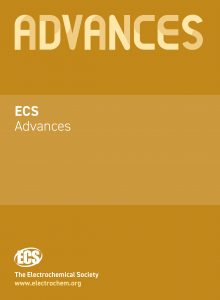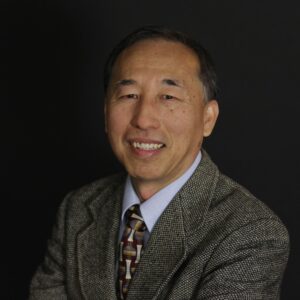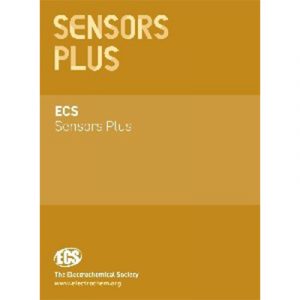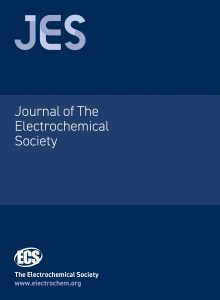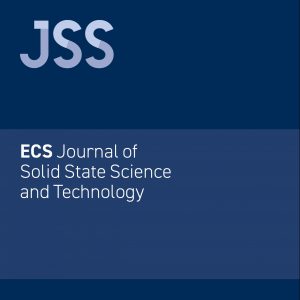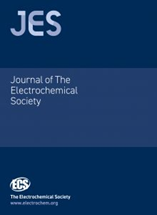 The Journal of The Electrochemical Society is publishing a focus issue in connection with the 19th International Symposium on Solid Oxide Fuel Cells (SOFC-XIX) (Stockholm, Sweden, July 13-18, 2025).
The Journal of The Electrochemical Society is publishing a focus issue in connection with the 19th International Symposium on Solid Oxide Fuel Cells (SOFC-XIX) (Stockholm, Sweden, July 13-18, 2025).
The Nineteenth International Symposium on Solid Oxide Fuel Cells (SOFC- XIX) provides an international forum for the presentation and discussion of the latest research and developments on solid oxide fuel cells (SOFCs), solid oxide electrolysis cells (SOECs), and related topics. Papers are solicited on all aspects of solid oxide fuel cells and electrolyzers. Following is a partial list of topics addressed: (1) materials for cell components (e.g., electrolyte, electrodes, interconnects, and seals); (2) fabrication methods for cell components, complete cells, and stacks; (3) cell designs, electrochemical performance, and modeling; (4) stack designs and their performance; (5) utilization of different fuels with or without reformation; (6) stationary power generation, transportation, and portable power applications; and (7) prototype SOFC and SOEC systems, field test experience, and cost. (more…)




